|
I recently spent a weekend in Texas photographing Historic Route 66. As luck would have it, we had a wind storm the first day I was there. But, after making the long drive, I wasn't about to spend my weekend hunkered down in a motel room like a sane person. So, I was out shooting in it. The 50+ mile an hour wind gusts stirred up the dirt in the more rural areas and made for interesting atmospheric conditions. Even so, we ended up having so much fun, much more than I ever expected.
What I have compiled in this blog post are what I think are the "Must See" spots along Texas Route 66. That may be because of the story a location tells, its fantastic architecture, or maybe it's just a unique or fun piece of kitsch. Do your research. While this is far from an exhaustive list of Texas Route 66 sites, it's a great starting point for planning your road trip on the Mother Road.
A Brief History of Route 66
roads, trails, and popular motoring routes. It ended up winding its way right through the center of every town along the way, earning it the nickname Main Street of America. .
In its early years, it enabled the Dust Bowl emigrants to flee West for a better life, aided World War II military mobilization, and fed the boom for post-war tourism. It became the symbol for mobility, freedom, and the pursuit of the American Dream, as it linked small rural towns to urban centers from Chicago, Illinois, to Santa Monica, California. The first alignment of the road, dating from 1926 to 1938, was dirt; it was narrow and twisty and impossible to drive after inclement weather, but the people kept coming in droves, and soon they began improving the roadway. By 1938 almost the entire drive was concrete or asphalt. In addition, some of the road sections had been widened and curves straightened. Several changes in the alignment soon followed, shortening and perfecting the route along the way. John Steinbeck is responsible for nicknaming it the Mother Road. His 1939 Pulitzer Prize-winning novel "The Grapes of Wrath" about 1930s Dust Bowl migrants has a chapter titled Mother Road. No other road has been as celebrated through movies, books, and music as Route 66. It has become synonymous with the spirit of adventure and the symbol of hope and progress more than any other highway. Moreover, it facilitated one of the most comprehensive movements of people in U.S. history, transforming the "Wild West" frontier into a fast-paced metropolitan area. As a result, every tiny burg and rural town along Route 66 saw an economic boom as it twisted and turned its way past hundreds of cafes, motels, gas stations, and tourist attractions along the way.
Still, as the Interstates were completed and grew in popularity, traffic was no longer there to support the many businesses along the Mother Road. By the 1970s, the Mom and Pop establishments were almost completely gone, leaving empty storefronts and desolate towns ravaged by the lack of traffic. As people began moving away looking for jobs, populations dwindled, leaving ghost towns in their wake. By 1985, Route 66 was decommissioned, stricken from the maps, and the signage removed.
State agencies, recognizing the tourism dollars, are marking the Route again and creating State Byways. In early 2021, the California section of Route 66 between Needles and Barstow received the National Scenic Byways designation. It's an exciting time along the Mother Road again!
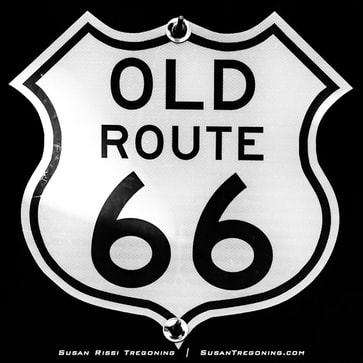
Route 66 signs tend to get stolen just about as quickly as they are put up so I try to photograph them anytime I see a different one. This is the black and white version of one I found in Vega, Texas, I thought it was interesting that it said Old Route 66 instead of Historic Route 66 like most of them do.
Route 66 Trip Planning
Route 66 is the ultimate great American road trip, but most people will never drive it entirely from one end to the other. You could easily spend weeks or even months on Route 66 and still not see it all.
Three weeks to a month seems to be the agreed-upon length of time to allow for a satisfying but still abbreviated road trip on Route 66, with 14 days being the absolute minimum. This is long enough to do the complete drive without feeling rushed, and keep it fun as long as you carefully select the sites you wish to visit and limit your museum stops. However, don't spread yourself too thin, or you will just be frustrated by everything you've missed along the way. Somewhere between 100 to 175 miles a day seems to be the average agreed-upon distance to travel in a day. A Route 66 road trip is much different than a typical vacation since it's all about the sites you see along the way and not the final destination. While on assignment in Albuquerque, I traveled Route 66 during the off-season, so almost all of the museums are closed. I have only found two open, and I have stopped at those. Admittedly, as a photographer, I spend more time than average at what I consider the photo-worthy locations, so keep that in mind too. I have averaged about 90 miles a day and have spent 12 days in Texas, New Mexico, and 1/2 of Arizona. I know that seems like a lot of time to devote to that stretch of road, but after joining a couple of Facebook Route 66 groups, I'm already having "Awe, how did I manage to miss that" moments. I have also stuck strictly to the Route 66 sites and not taken any "side trips" like Palo Duro Canyon near Amarillo. My point is there is no right or wrong way to experience Route 66. You can do it all at once, but you don't have to. Start with one or two states and work up from there. Start in Chicago, drive west or Santa Monica, and head east or even somewhere in the middle. Stick religiously to the Route or jump off and on from the interstate. Pick an area of interest, like kitsch, museums, historic locations, or food, and just do that. It's entirely your road trip to plan. Every town has a story to tell, some happy, some sad, but they all come from the heart. You'll find quirky roadside attractions, museums, ghost towns, natural beauty, and amazing architecture along the way. This iconic road is packed with so many things to see and do. Once you get started, I guarantee you will want to see more. The Best Time of Year to Drive Route 66
April through the middle of October is widely considered the best time of the year to drive Route 66. Too early or late in the year, and you risk running into snow and ice along the Mother Road. Unless it's a stretch of road through an urban area, Route 66 is not cleared in the winter.
Be aware that many museums close completely or have limited hours and days open during the off-season. In addition, some restaurants and smaller mom-and-pop motels may be closed for maintenance since they run seven days a week during peak season. I'm not sure if this is because I visited during a COVID year or it is typically like this. Days and hours open are not being updated on websites or Facebook. I would recommend calling if there's someplace you are extremely interested in visiting before making a special trip. Also, be aware that monsoon season in the desert southwest from the middle of June through the end of September. Therefore, if you plan to drive portions of Dirt 66, it may be too muddy to do so during the rainy season. Texas 66
Texas may be the largest state in the continental United States, but ironically, out of the eight Route 66 states, it has the second-fewest number of miles to explore. Texas has about 150 miles of the original 178 Route 66 miles left, and there's a little more if you count the still drivable older portions of Dirt 66. Texas Route 66 is mostly Interstate 40 frontage road now. Crossing the Texas Panhandle, this stretch of the Mother Road is pancake flat and almost entirely devoid of trees and other natural features, but there is still so much to see, and it's easy to drive the entire Route or jump off and on if that's your preference.
Heading East to West, the first town on Texas 66 is Shamrock, Texas. It ends at the ghost town of Glenrio that straddles the Texas/New Mexico state line. The only city along the Route is Amarillo which falls somewhere in the middle of the drive. The Best of Texas Route 66
Shamrock
In 1925, Shamrock, Texas, had a population of 2,500 people. The following year, oil was discovered in the area, and Route 66 came through town. As a result, Shamrock began to boom. By 1930, there were nearly 4,000 residents. The town's Main Street became Route 66, and it was full of garages, filling stations, restaurants, and tourist courts, all catering to the Route 66 travelers. Today, Shamrock has a little over 1,900 people.
Conoco Tower Station & U Drop Inn Cafe - 101 E. 12th St.
This magnificent Art Deco structure is one of the most imposing and architecturally creative buildings along the entire length of Route 66.
The building, constructed in 1936 for $23,000, was born from a sketch made with a nail in the dirt. The service station, dominated by the 100-foot obelisk advertising Conoco, was visible from long distances during the day and at night; and the building, decked in neon, glowed like a beacon to weary travelers after dark. The service station was quickly nicknamed the Tower Station because of its imposing tower, while the diner was named the U Drop Inn by an 8-year-old boy who won the business naming contest. The building was initially designed to be three separate structures: a gas station, diner, and retail space, but the restaurant was so popular that the retail store became an overflow seating area for the café instead.
When it opened, the local newspapers reported it as "the swankiest of swank eating places" and "the most up-to-date edifice of its kind on the U.S. Highway 66 between Oklahoma City and Amarillo."
It operated as a successful business for 50 years. The station converted to a Fina station in the 1970s until it finally closed in the mid-1990s. It sat abandoned for twenty years before being restored to its original grandeur. Added to the National Register of Historic Places in 1997, the Tower Station is significant as an excellent example of "Streamline Moderne," an offshoot of late Art Deco architecture. The building features glazed brick, which includes a "zigzag" motif. In addition, it has strong vertical elements and decorative sculptures such as the metal "tulip" atop the largest tower. It is infrequent to see this level of sophistication in a small-town gas station or roadside restaurant. Today, the City of Shamrock owns the building. It houses a visitor's center, chamber of commerce office, and community center. The restaurant is open for business again, as well. So stop in for a meal or ice cream at the U Drop Inn. The Shamrock Mural - 1013 N Main St.
Artist Joey Martinez created the Shamrock mural in 2019.
Shamrock’s name is spelled out in a large script font with a green three-leaf clover AKA Shamrock in place of the “O.” Painted inside the letters are images of the town’s landmarks and its primary industry: Conoco Tower Staton and U-Drop Inn Café, a Route 66 shield, Magnolia Station, the Texas Theater, Water Tower, and the cattle industry. This was my favorite mural, but they have many others around town. The Texas Theater - 217 N Main St
Magnolia Gas Station - 204 N Madden St.
This restored Magnolia Gas Station opened in 1929 and has three exquisitely preserved gravity feed gas pumps.
Originally part of the Magnolia Petroleum Company of Texas, established in 1911, Standard Oil Company absorbed this regional company in 1925. By 1959, it became part of their Mobil division. So while the Mobil Pegasus logo would not have been on the Magnolia station when it first opened, it would have been added at some point. Mobil started using the Pegasus sometime in the 1930s. McLean
McLean was the last town in Texas to be bypassed by I-40. That happened between 1982-84. With only about 800 people left in town, today, McLean is almost like a perfectly preserved time capsule, lacking activity and isolated.
McLean got its start as a railroad town. In 1901, the railroad company set up a switch and dug a water well. Alfred Rowe, an English Rancher, donated 640 acres of land near the railroad cattle loading site for the McLean townsite. It was convenient for him since he shipped his longhorns to market from there. Rowe eventually married an English lady and moved back to England but came back to the US twice a year to check on his ranch. Unfortunately, during one of these commutes, he died of exposure when he went down with the Titanic. When Route 66 came through town in 1927, McLean quickly shifted its focus to Route 66 traffic and tourism and soon had 22 auto-related businesses. Gas stations were their primary industry, and it drove the economy, but they also had tourist cabins, motels, movie theaters, and restaurants. The town had a population of 1500 by 1940, and in 1943, the town was selected for a German POW Camp. At first, the townspeople were excited about the Camp coming to McLean, but the Camp created an unforeseen negative impact on the town. During the eight years the POW Camp was open, many local women married American guards and moved away. The town's nickname was once the "Uplift City" because a bra factory was located here for 20 years. The ladies were paid one dollar for an 8-hour shift. One of the locals said many of the guys had fancy little bras hanging from their rearview mirror given to them by their girlfriends that worked there. The factory shut down in the late 1970s, and it is now the location of the Devil's Rope and Route 66 Museum. Phillips 66 Gas Station - 218 W First St.
Built in 1929, this is the first Phillips Petroleum station to be opened in the state of Texas. The gas station closed in 1977, after almost 50 years of operation. It was renovated in 1991 to commemorate its heritage on US Route 66 and was added to the National Register of Historic Places in 2004 as part of the McLean commercial historic district.
The building, constructed in the Tudor Revival style, has a gable roof, wood shingles, a brick chimney, and an exterior of stretcher bond brick. The entrance had a rounded arch and a solid wood door; these have been removed and replaced with painted wooden panels. The chimney features the original metal “P” for Phillips. There are two early 20th-century gas pumps and oil pumps out front. While the Phillips 66 sign is considered historical, it is not original to the site. Cactus Inn Motel - 820 First St
Here's a piece of trivia for you. There are two McLean's on Route 66, Illinois and Texas.
Alanreed
Today, Alanreed is almost a ghost town. The town has a cute sign posted that says, “Population 52 people, 104 dogs, 88 cats, two skunks, and a few snakes.”
In the early 1900s, Alanreed was a thriving little town with a bank, a hotel, two churches, a saloon, two grocery stores, a hardware store, a livery stable, and a blacksmith shop. The town had grown to 500 people by 1927 with the oil boom and the Mother Road coming through. However, that was short-lived. By 1929, the hotel and bank closed, the school consolidated, and by 1933 there were just 150 people left in town. "66" Super Service Station - SW Corner of Main and 3rd St.
This old Route 66 Super Service Station was on the busiest corner in downtown Alanreed, Texas, when Bradley Kiser built this station in 1930. It's the corner where the original 1926-36 alignment of Route 66 came through Alanreed and turned to the west. A later alignment of Route 66 ran straight along 3rd Street so the Station was still in the middle of all the action.
The architecture of this gas station is unique. It has a red Spanish-style ceramic tile hip roof and sand-colored brick, combining Craftsman-style architecture with Spanish Eclectic. If you were headed west, Alanreed was the last safe stop before the dreaded Jericho Gap, an 18-mile section of dirt Route 66 notorious for its deep muddy ruts where cars commonly got stuck. The local farmers made quite a bit of extra cash pulling people out with their tractors. I read one account saying there were rumors that the Jericho Gap locals watered down the dirt road in the dry season to stay in business. LOL Groom
The Leaning Tower of Texas - I-40 Frontage Road at Exit 114
Ralph Britten owned the now-closed Tower Fuel Stop. He mounted the water tower this way as an attention-getting attraction to draw people to his truck stop. It also doubled as his business sign. Luckily, Ralph was also an engineer for the Army Corp of Engineers and knew what he was doing, or this water tower probably would have fallen by now. Unfortunately, the truck stop never reopened after a fire, but the water tower remains.
There is also a 190-foot tall cross here that they claim to be one of the tallest crosses in the World or at least the tallest on Route 66. With the open fields, the dirt from the windstorm was so thick right here we had a hard time even finding the cross until we were on top of it. Because of that, I decided visiting the rest of the town wasn't worth the risk of scratching my camera lens or my eyes. Conway
Conway was a small village of about 25 when the 1926 alignment of Route 66 came through. By 1939 its population had increased to around 125. Conway grew until the late 1960s, when they shut the post office down. Railroad operation terminated in the 1980s, and the rest of the businesses left. Today, there are about 20 people still living in the area.
The Bug Ranch - I-40 Exit 96 South Frontage Rd.
I honestly never expected these images to see the light of day because of all the dirt in the air but it ends up that gritty dirt-filled skies are the perfect backdrop for the level of decay at the Bug Ranch.
The Crutchfield's ran a gas station and trading post along the Route 66 / I-40 frontage road in Conway, Texas, for 35 years. Business was good until the Loves Truck Stop opened on the other side of the interstate in 2002, and they couldn't compete. So, hoping to draw traffic to their business by becoming a Route 66 roadside attraction, they decided to parody the Cadillac Ranch by burying five VW Beetles' noses down in the dirt. The business only lasted another year, but the Bug Ranch lives on as a popular Route 66 stop. Just like the Cadillac Ranch, these VW bugs are covered in graffiti. Amarillo
I’ll confess, I’m not a city girl, so it didn’t take me all that long to get frustrated and give up on figuring out Route 66 through Amarillo. That’s because it crisscrosses through the city with different alignments and one-way streets. For example, sixth Avenue (which the locals call Sixth Street) between Georgia and Forest Streets is on the National Register of Historic Places as a Historic District. This is the original alignment of Route 66, and the area has an eclectic collection of shops and architectural styles. Another alignment is Amarillo Boulevard, AKA Business Route 40/ Route 60. Other alignments run down Bushland Boulevard and 9th Avenue. I wish you luck.
The Big Texan Steak Ranch & Motel - 7701 I-40 East Access Rd
Home of the FREE 72-ounce Steak! That’s 4.5 pounds of beef! Your meal is free as long as you eat the steak and all the fixings within an hour. The entire meal consists of the steak, a bread roll with butter, a baked potato, a shrimp cocktail, and a salad. Don’t worry; they start a timer on the wall when they deliver your meal. So, you’ll know when your hour is up. You lose, and it’s $72.
I was so disappointed that no one was up for the challenge while I was there. My husband laughed at me when I suggested that he try and replied, “Give me a week instead of an hour, and I might get it all down!” Soncy
Soncy was once a tiny community along Route 66, but it is now mostly all within Amarillo city limits.
Bates Motel Sign - Corner of 11650 I-40 N Frontage Rd & Hope Rd
I thought it was hilarious!
If you turn onto Hope to get out of the traffic there will be a partially collapsed motel and a swimming pool full of debris. It's more than just "Psycho scary". No one seems to know anything about this sign and it says something different on the front side. I even ran across a blog post from one of the local Amarillo radio stations asking about it. I think it was put up as a joke in reference to the motel on the other side of the street. It just showed up one day and has been there ever since. FYI, I sell shower curtains on my site. I know someone reading this really needs this image on a shower curtain. LOL Second Amendment Cowboy - 2601 Hope Road
auction from Glenn Goode’s collection. Mr Goode who passed away in 2015 made a business out of collecting damaged fiberglass giants and putting them back together using disparate body part molds. Someone from Amarillo did the painting.
Cadillac Ranch - 13651 I-40 South Frontage Road - Exit 60
The first time I visited the Cadillac Ranch was in 1978. My parents had heard that some eccentric Texas millionaire had buried 10 Cadillacs nose down in the dirt somewhere just outside of Amarillo, and my dad wanted to see it. But, of course, we didn't know much more than that. In those days before the internet, most vacation planning came from word of mouth. Some friends had just gotten home from a Texas vacation and told them all about it.
I still remember pulling off to the side of the road and seeing those Caddies sticking up in the air. There wasn't another soul in sight, and no one else ever stopped by while we were there. At the time, the cars still had the majority of their parts. Looking at the Cadillac Ranch today, it's hard to believe the hubcaps, tires, bumpers, taillights, and doors were all still there, and while faded, the cars were 99% their natural colors. I remember cars in blue, pink, and white. Over the years, I have passed the Cadillac Ranch many times, but I never stopped to visit again until my Route 66 road trip. While there, I couldn't help but compare the two visits, and while shocked, I was strangely intrigued. Today, people show up in droves to visit this art installation created in 1974 by a group of hippy artists out of San Francisco self-named The Ant Farm. A trailer sits off to the side, selling lattes and cans of spray paint. The cars have been stripped down to their frames; if it was removable, it has long since been stolen. The area around the cars is strewn with trash and spray paint cans. Parents that would typically be grounding their children for vandalism are gleefully picking up discarded paint cans and adding a little tagging of their own. The paint is so thick that it is squishy like padding. Forty-eight years later, this art installation keeps evolving. It doesn't look the same from one day to the next. I think Stanley Marsh 3 (he refused to use the Roman numeral III for third because he said it was pretentious) would have been quite happy with how the Cadillac Ranch turned out. Since our visit, my husband and I have had several conversations about the Cadillac Ranch. What started as disgust was since turned into awe. We have come to the conclusion that if it wasn't for all the paint; what is left of these cars would be a rusted pile of dust by now. Vega
Vega is the Solar Capital of Texas because it is one of the top seven sunniest places in the US.
Hiway Service Station - 105 N Main
This was the second service station to be built in Vega. Colonel JT Owens constructed the Hiway Service Station along the Ozark Trail in 1924. However, as good luck would have it, in 1926, the dirt road through Vega, Texas, was commissioned as Route 66, and the station was ready to serve its first travelers.
Colonel Owens leased the station to a series of people that ran it and lived in the two-rooms above the station over the years. While the upstairs had a lavatory for washing up, the only toilet was the public one downstairs, only accessible by an outside staircase. In 1933, the station became a Phillips Petroleum Company. The lease states that one-cent per gallon of gas sold will be paid to Phillips as rent. Almost inconceivable in this day and age! The station finally closed in the 1970s when I-40 bypassed the town. However, Vega restored the station in 2001 with a grant from the Route 66 Corridor Preservation Program. The station was dedicated in 2004 and is the town’s Visitor Center. The Colonel who moved to Vega in 1906 was instrumental in developing the town of Vega. He built three service stations in town, of which only this one remains, along with the town’s first tourist court, Camp Joy. He also established the first newspaper and town’s waterworks. Adrian
Adrian, Texas, is the halfway point on Route 66 between Chicago and LA. It is 1139 miles to Chicago and 1139 miles to Los Angeles from Adrian, Texas.
Their slogan reads, “when you’re here, you’re halfway there.” Midway Station & The Bent Door - 35°16'15.2"N 102°40'04.8"W
Back in the heyday of Route 66 in Adrian, Texas, the Phillips 66 Service Station was a busy 24-hour business with a restaurant attached. The business closed in 1972.
Now known as the Bent Door Café and Midway Phillips 66 Station, the building was purchased in 2006 by Roy and Ramona Kiewert, who also own the Fabulous 40 Motel in town. They are in the process of restoring it.
The cafe was known as Tommy's Cafe when it was in business. Built in 1947 by Robert Harris, he used the windows from the decommissioned Dalhart Army Air Field air traffic control tower on the front, hoping to turn the Cafe into one of the Route 66 unique roadside attractions. The door was bent to match the windows and added later.
Knox Phillips 66 Station
The Knox's Phillips 66 station dates to the 1920s. It was rescued from Vega, Texas, and now resides next door to The Bent Door and Midway Station. The Kiewert's have plans to hopefully restore it someday.
Some say that this is the oldest Phillips 66 Station in the state but Texas has already awarded that title to the station in McLean. Midpoint Cafe - 305 W Route 66
This café is the oldest continuously operating café along historic Route 66 between Amarillo, Texas, and Tucumcari, New Mexico. Notice the white stripe on the right side of the image, the Route 66 midpoint marker is right in front of the café. So you are either halfway to Santa Monica or Chicago, depending on which way you are headed.
Glenrio
Straddling the Texas/New Mexico state line must have made things interesting to live in Glenrio. The mail first arrived at the Glenrio, Texas depot, then was transported to the Post Office in Glenrio, New Mexico. If you wanted a drink, you went to Glenrio, New Mexico, since the Texas side of town was in a dry county, but you went to Glenrio, Texas, to buy gas since New Mexico had higher gasoline taxes.
Texaco Gas Station
Joe Brownlee built both the Texaco Service Station and Brownlee’s Diner next door in the 1950s and lived in the home behind the station which he moved from Amarillo around the same time. Joe’s daughter, Roxann, still lives in the house and is the last resident in Glenrio.
When Roxann grew up, traffic was often bumper to bumper through town. So she and her six brothers and sisters stayed busy helping out in their parent’s many businesses. That all started to change when I-40 opened in 1973 and bypassed the town. Roxann had married Larry Lee Travis in 1970, and they soon had a son. By 1975, almost every business in Glenrio was closed, and Larry needed a job to support his family. So he rented out the Standard Service Station and garage in Adrian, Texas, twenty-five miles away, and reopened the station. On March 7, 1976, Lewis Steven Powell entered the station, made Larry kneel, and shot him in the back of the head before robbing the place. Roxann brought Larry’s beloved 1968 Pontiac Catalina home, parked it in front of her dad’s closed Texaco Station. It has been there ever since. Brownlee Diner
An old Chevrolet El Camino is parked next to Brownlee Diner, AKA the Little Juarez.
Constructed out of concrete blocks, Joe Brownlee built the diner in 1952 in the Art Moderne/ Art Deco style, copying the look of the prefabricated Valentine Diners that were popular at the time. There is an inconsistency I have found in my research about Brownlee's Diner that even shows up in the application papers for the Glenrio Historic District and just about every other blog post I have read about this ghost town. However, a Route 66 expert recently corrected me on this. Brownlee Diner was never known as the Little Juarez Café. Instead, Mrs. Brownlee ran a curio shop here named the Little Juarez for a short period of time. State Line Gas Station, Cafe & Motel
Homer Ehresman owned and operated the complex until the mid-1970s —being in the interesting location of almost sitting on the state line, the center of the sign used to read, "First Stop in Texas" on one side and "Last Stop in Texas" on the other.
Some resources for planning your Route 66 road trip.
EZ66 Guide for Travelers by Jerry McClanahan The directions you need to help you find Route 66 and keep you on it. Historic66.com Website TheRoute-66.com Website Historic Route 66 Facebook Group Be sure to check out my other Route 66 blog post! The Best of New Mexico Route 66 Red Oak II: A Missouri Route 66 Gem Old Chain of Rocks Bridge: A Route 66 Gem between Illinois and Missouri
Not every image makes it into my blog, to see more of my travels along Historic Route 66, visit the Route 66 Collection.
All images are available for purchase as fine art prints and wall art, home decor, gift items, and apparel in her Image Gallery. About the Photographer
In the process, she found her roots again, developing a photography obsession far beyond casual snapshots that evolved into a desire to capture every location and object as art. By meshing her two loves, photography and design, she has come full circle.
2 Comments
2/2/2022 04:52:23 pm
Wow, Susan what a nostalgic post for me. I did get to travel "some" of Route 66 nearly three decades ago. Your wonderful images and everything you wrote makes me want to go back. My wife and I are now into "road trips" as part of our retirement travel and we might make that happen in next year. Texas and Arizona are in our memories - fond memories. I have a Route 66 road sign I purchased way back then - it still hangs on a wall in the office of our old home (now used by our son) - so I get to see it every once in a while.
Reply
Susan Tregoning
2/2/2022 07:38:45 pm
Hi Bill, thanks so much for leaving a note to let me know you enjoyed my post. Route 66 is so much fun; you need to revisit! I know you and your wife would enjoy it!
Reply
Your comment will be posted after it is approved.
Leave a Reply. |
AuthorI am the 8th photographer in 4 generations of my family. Back in 2006, my husband accepted a job traveling, and I jumped at the chance to go with him. Categories
All
Archives
June 2024
This website uses marketing and tracking technologies. Opting out of this will opt you out of all cookies, except for those needed to run the website. Note that some products may not work as well without tracking cookies. Opt Out of Cookies |
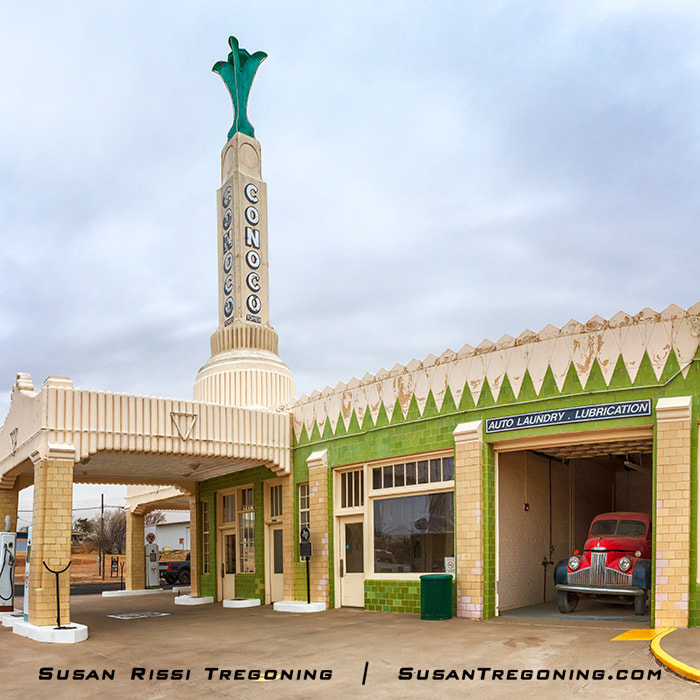
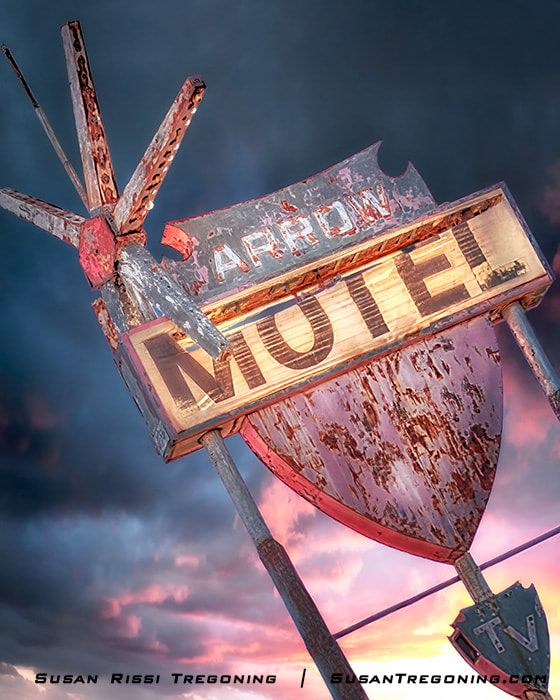
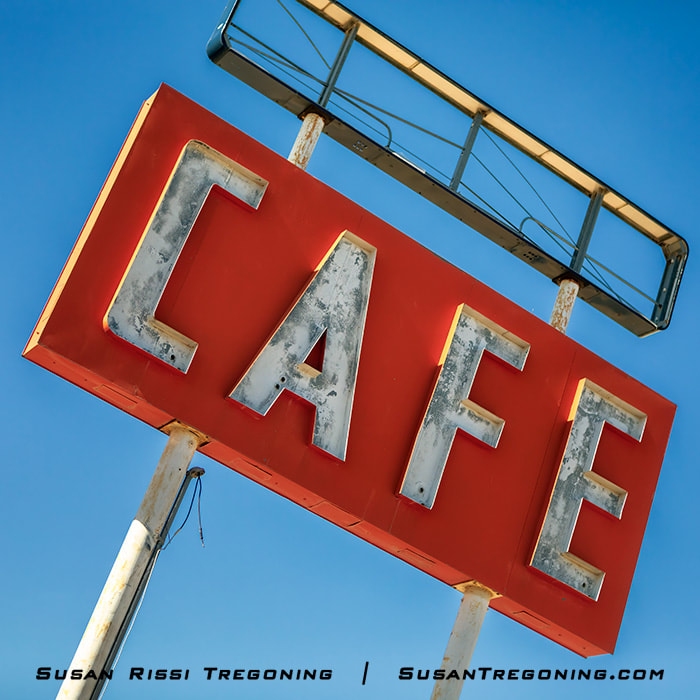
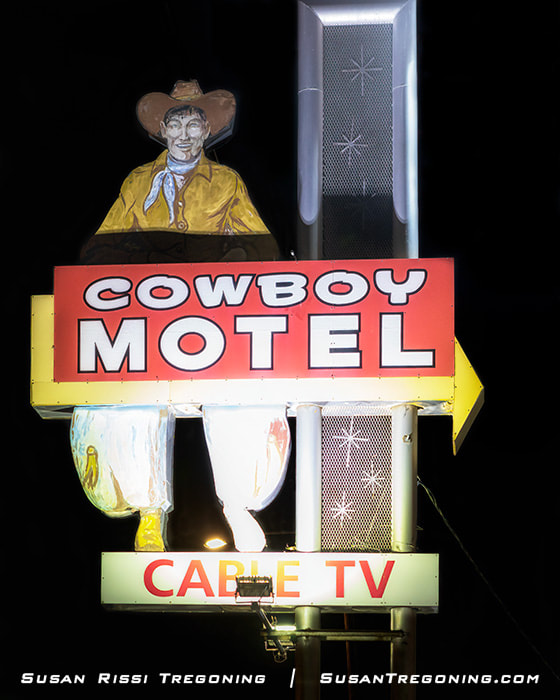

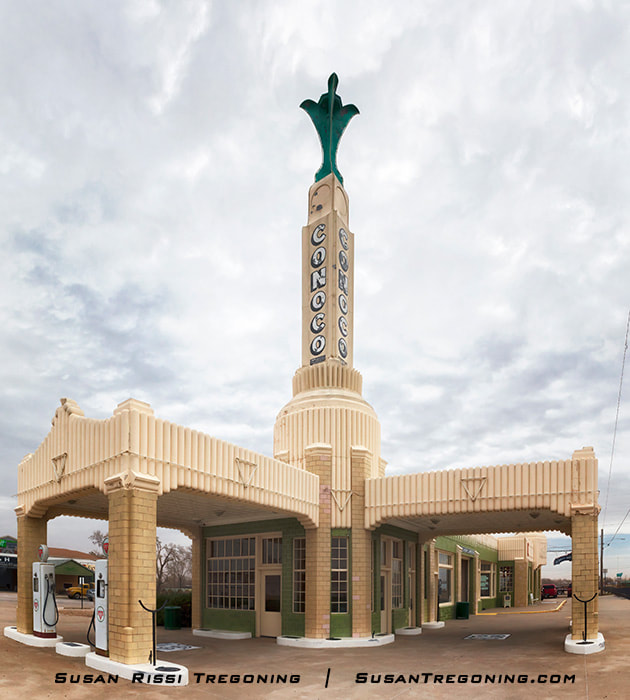
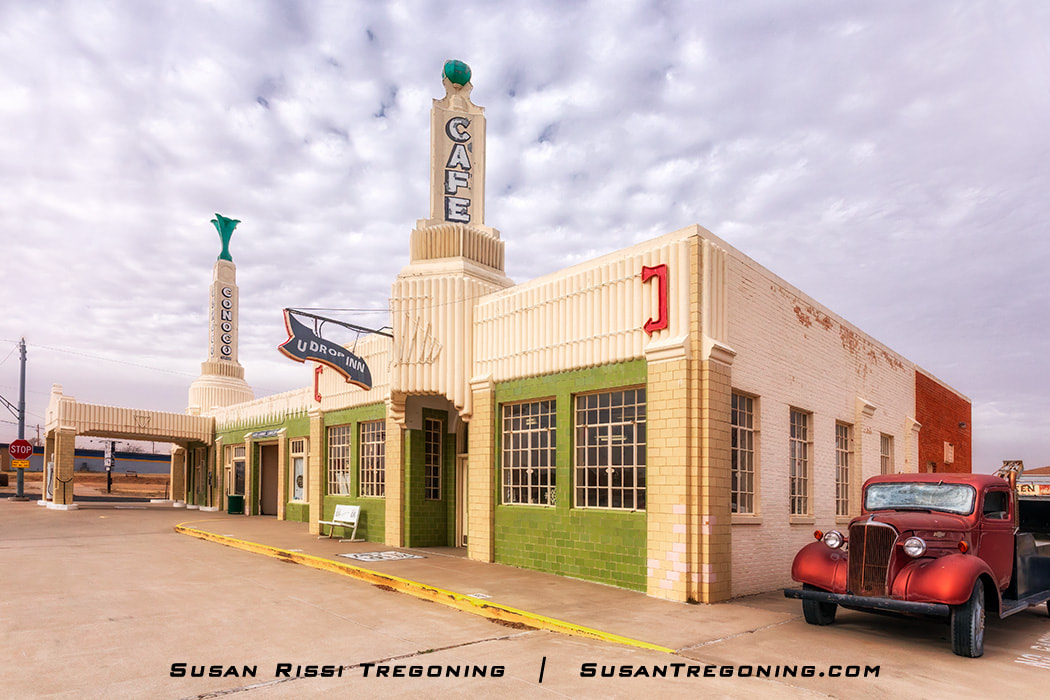

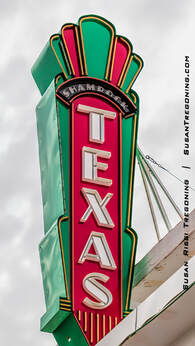
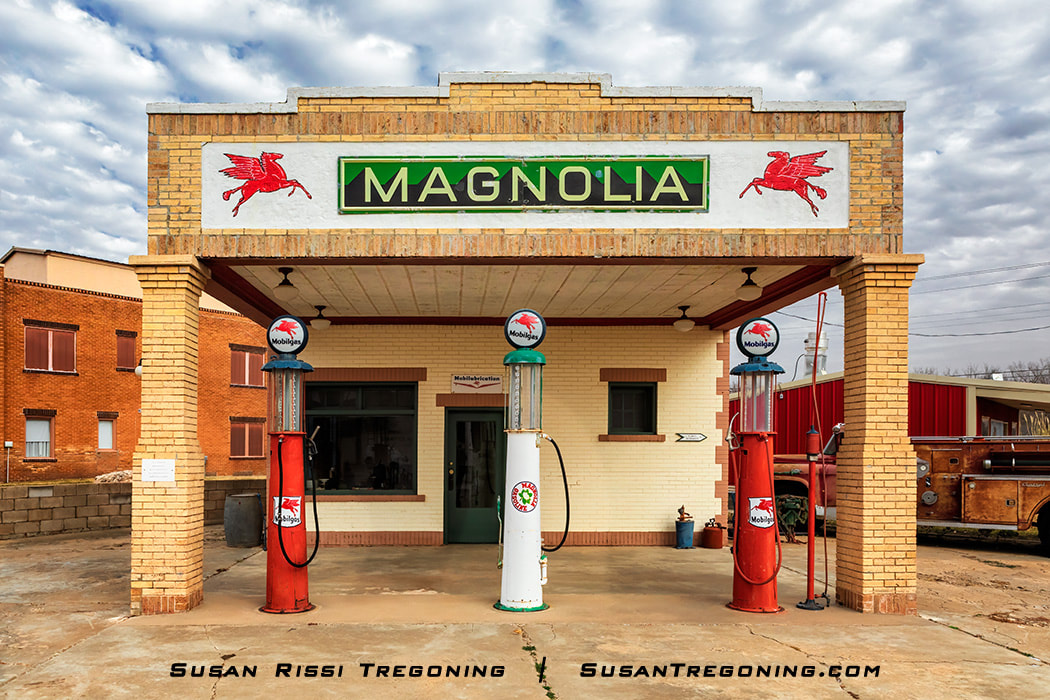
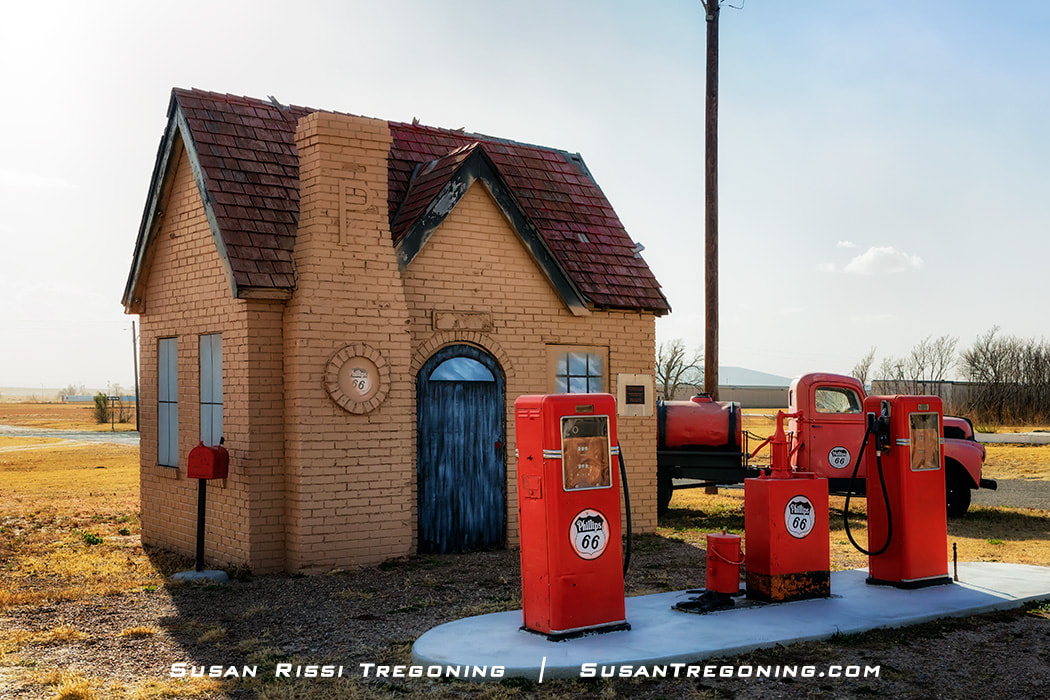
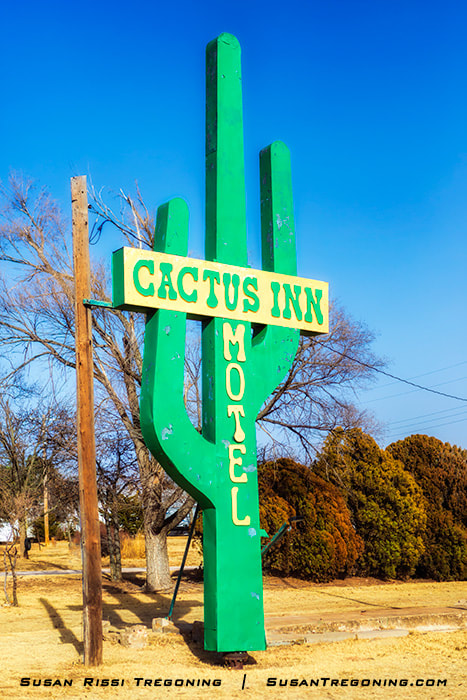
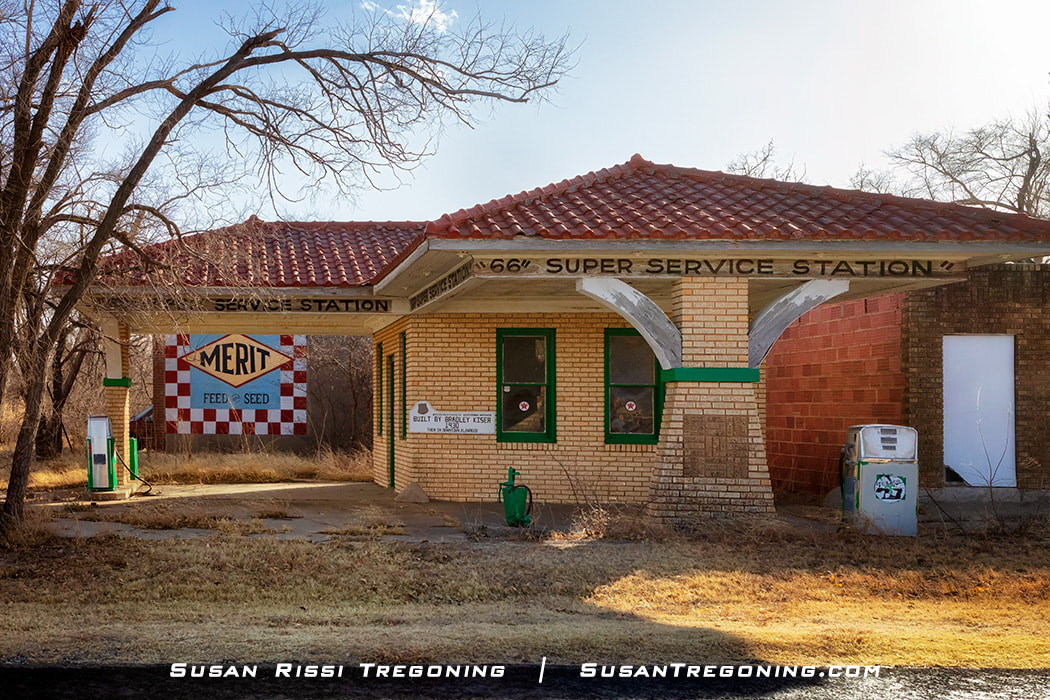
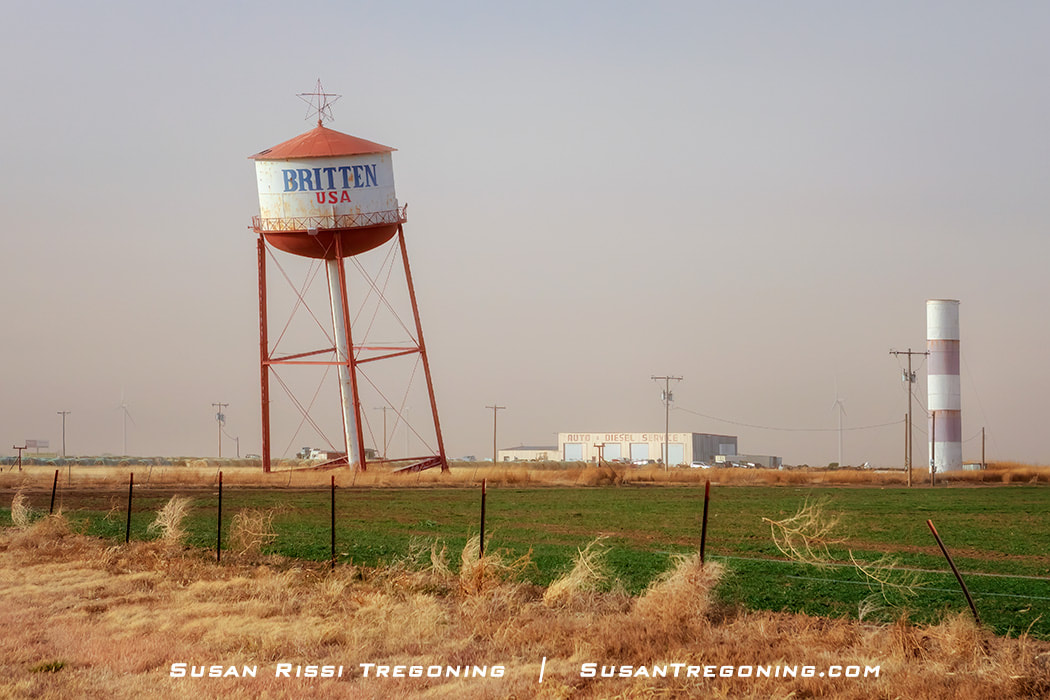
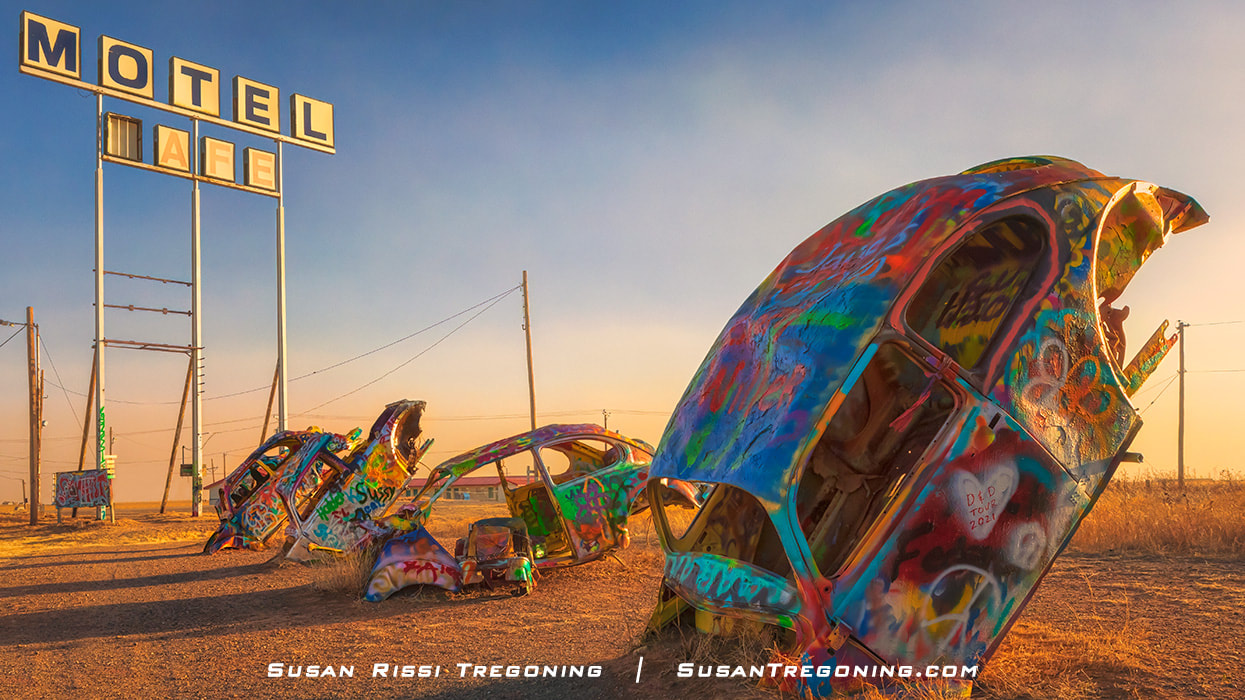
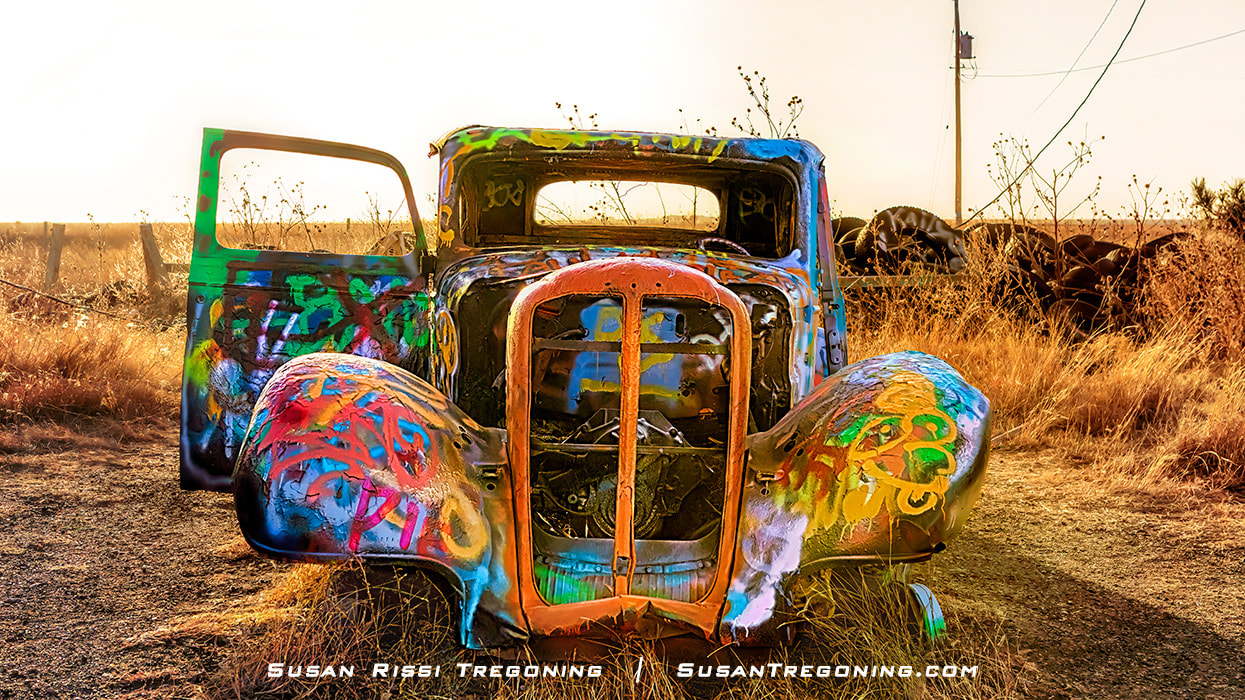
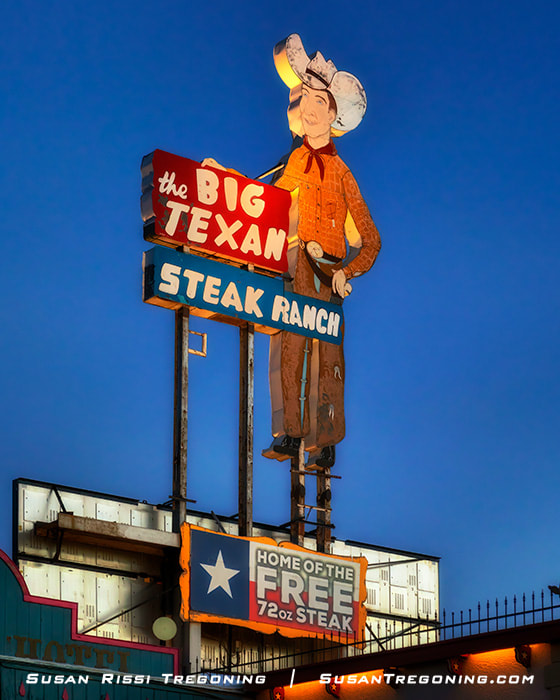
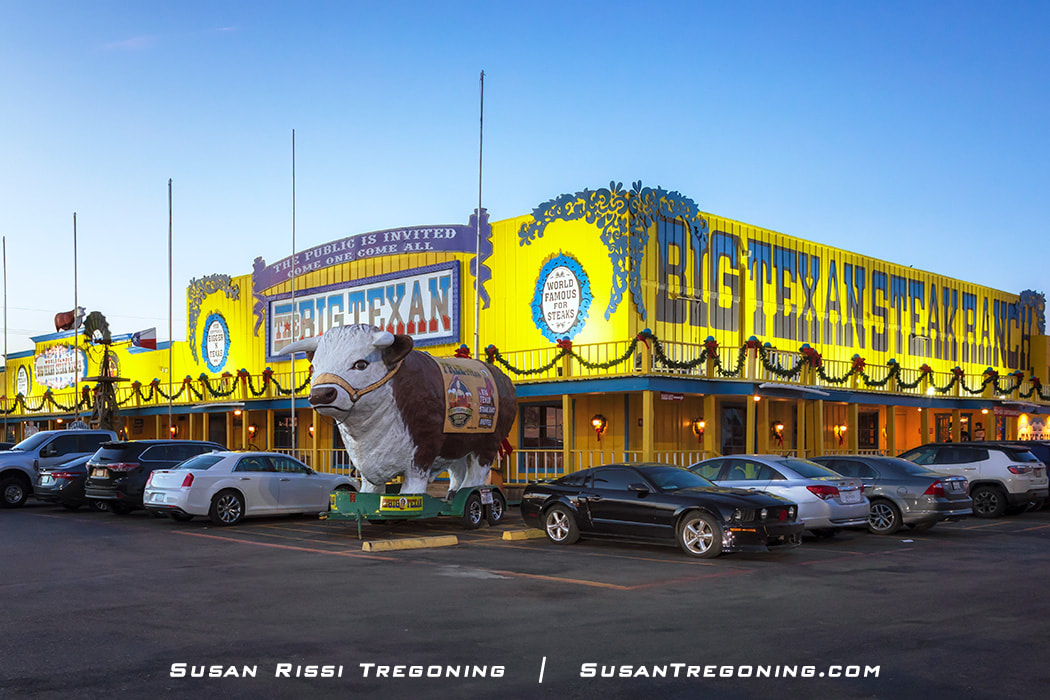
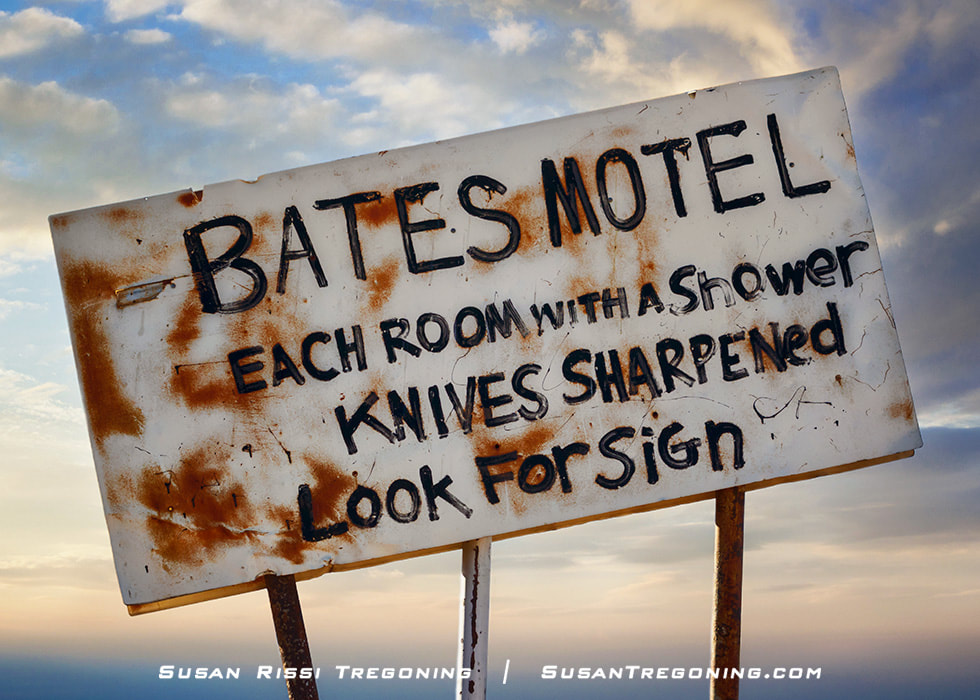
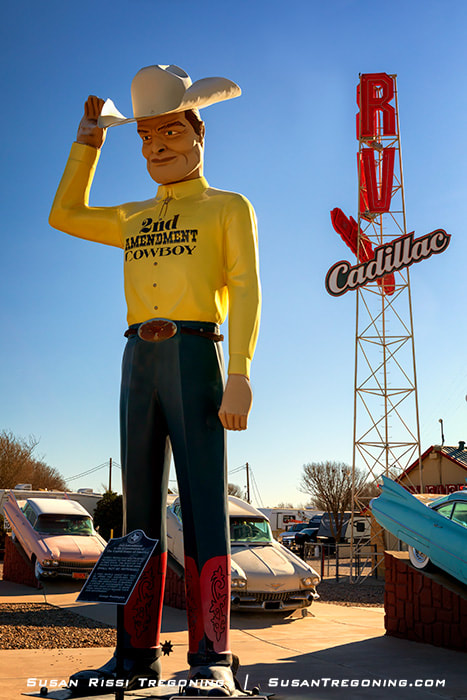
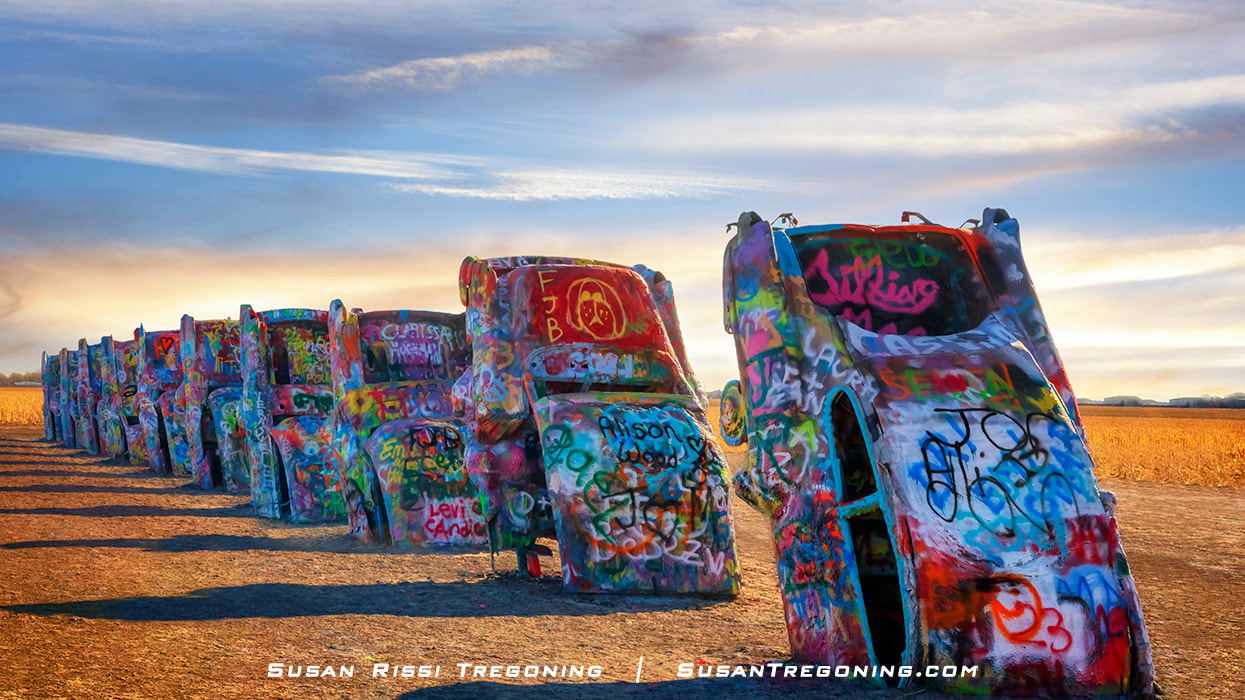
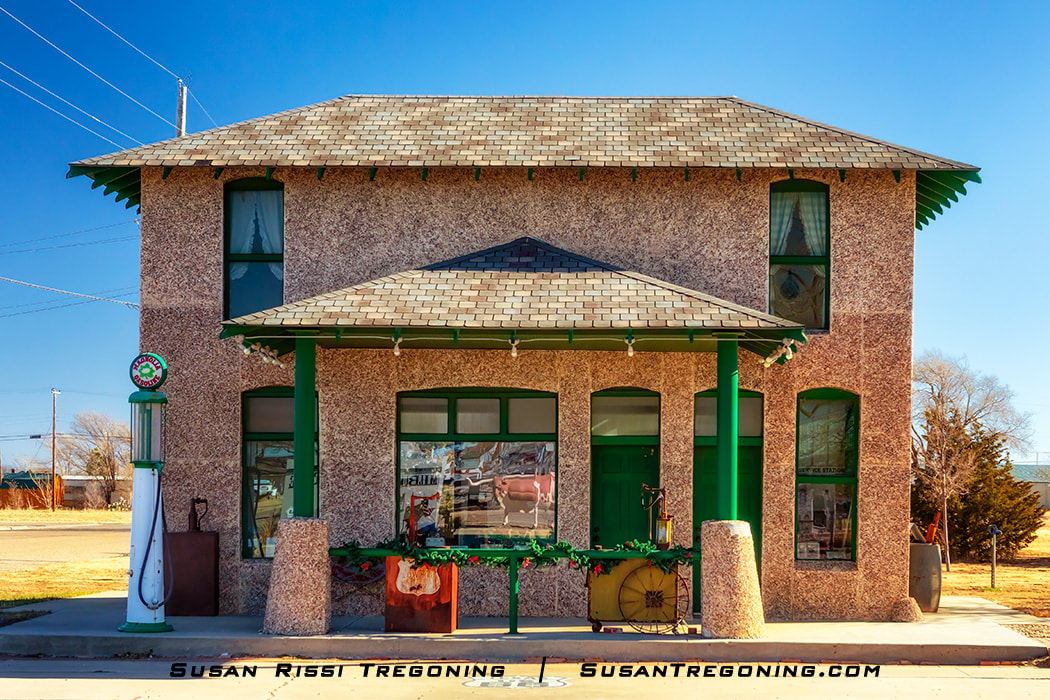
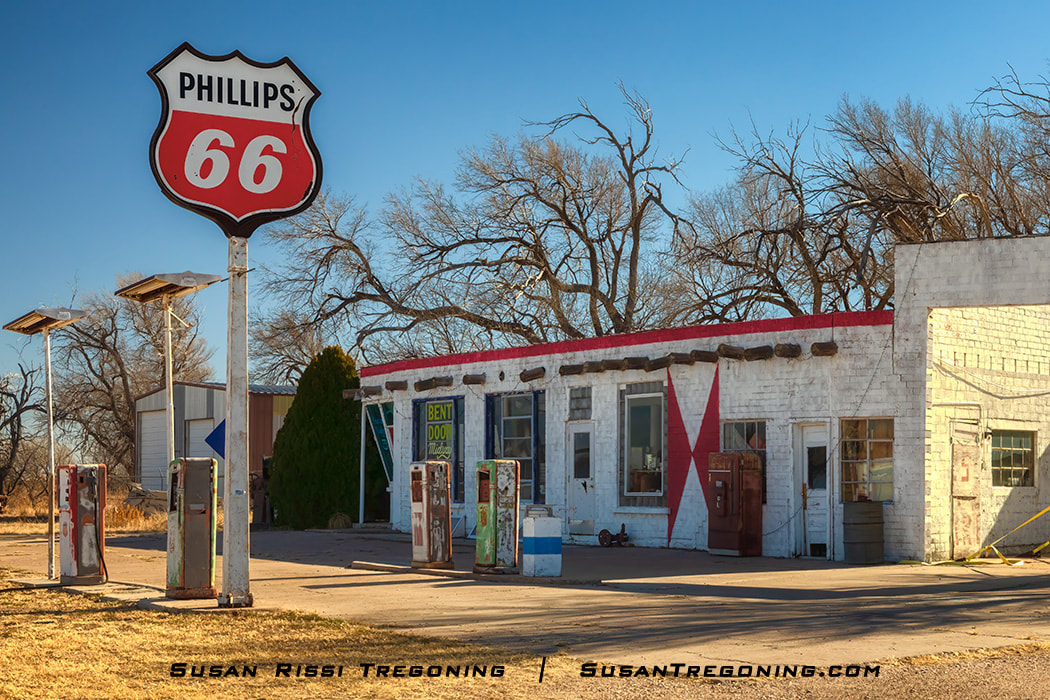
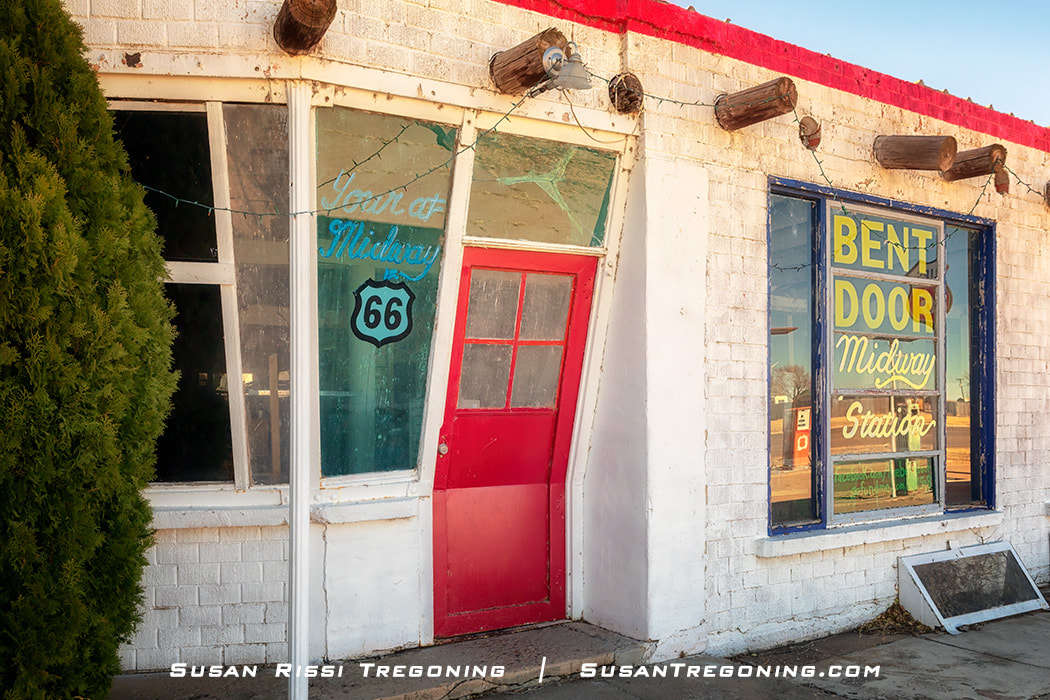
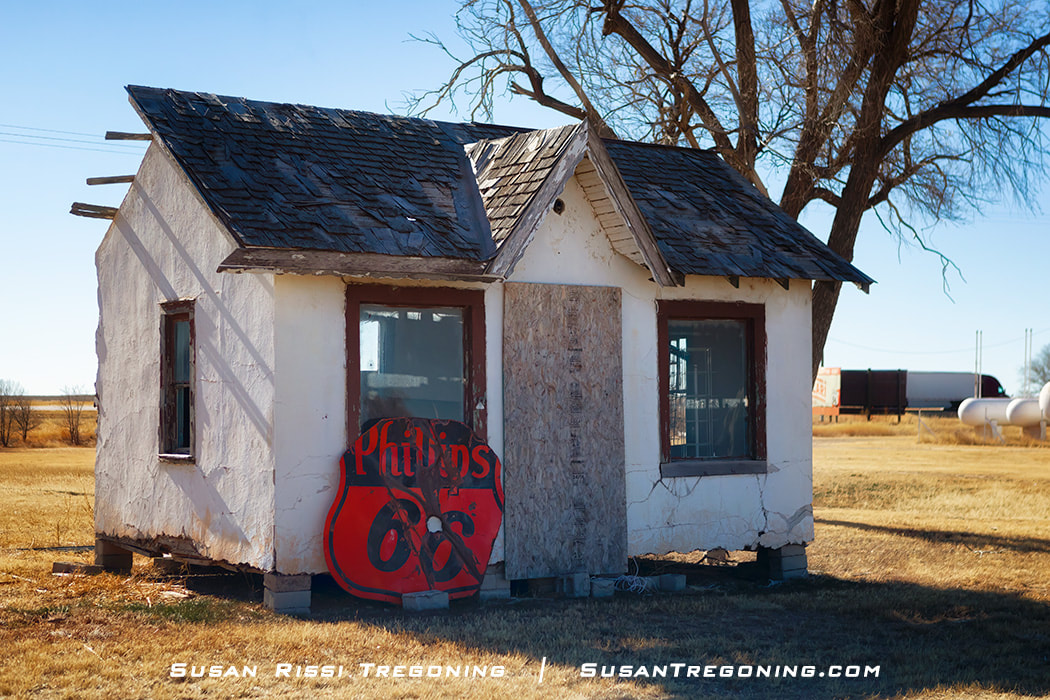
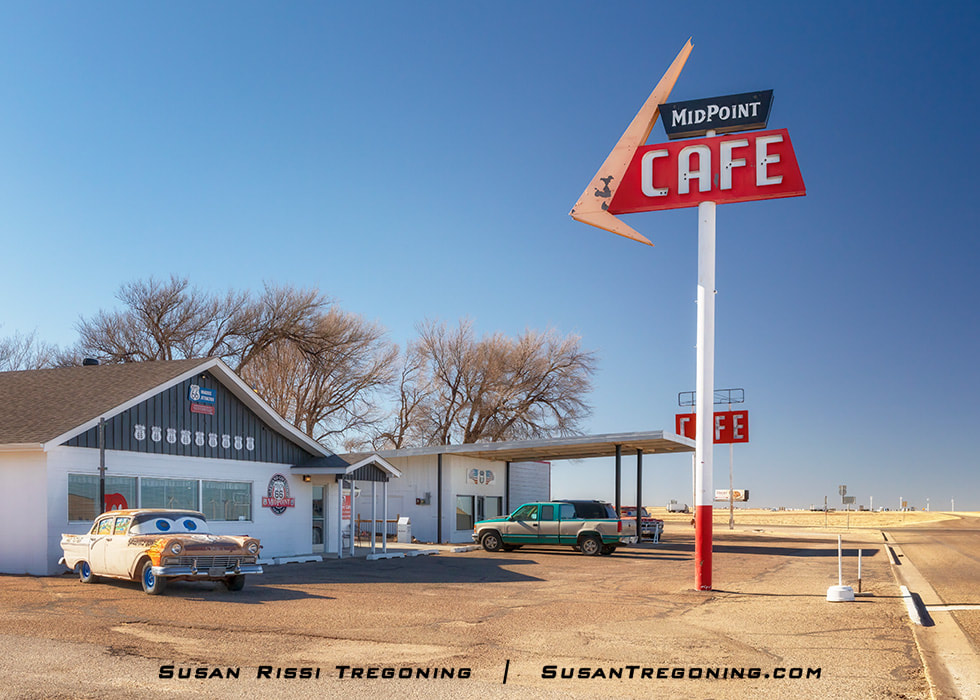
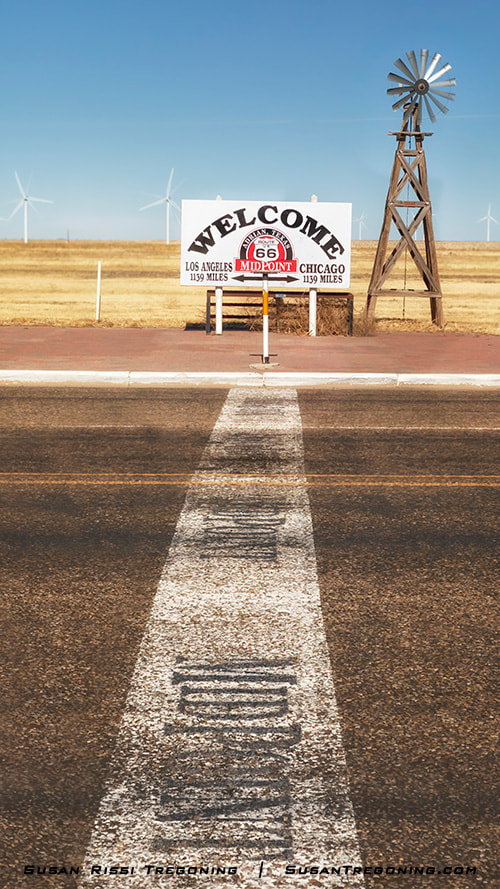
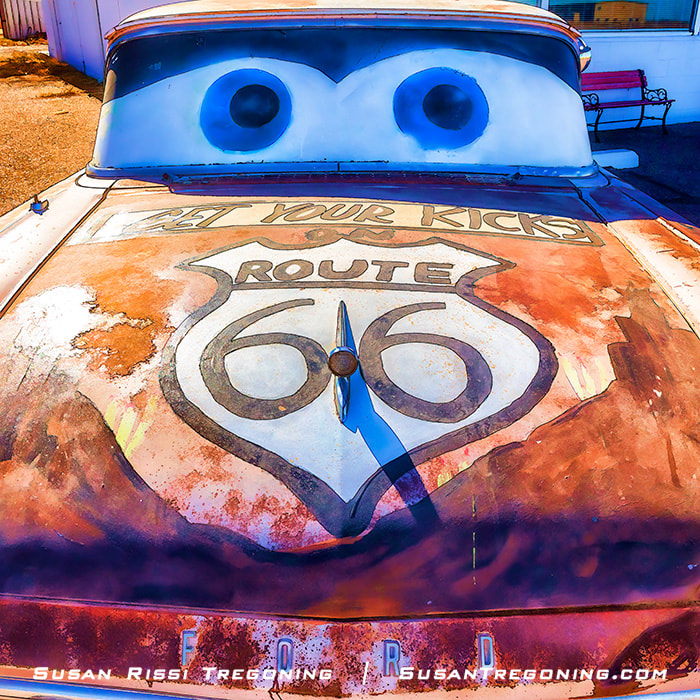
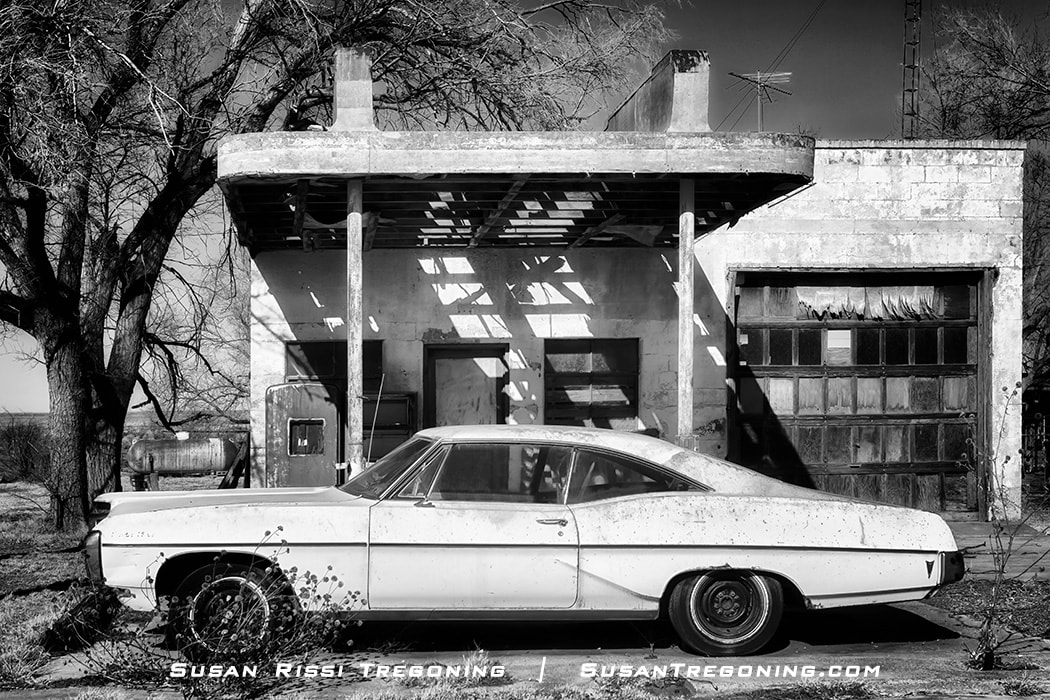
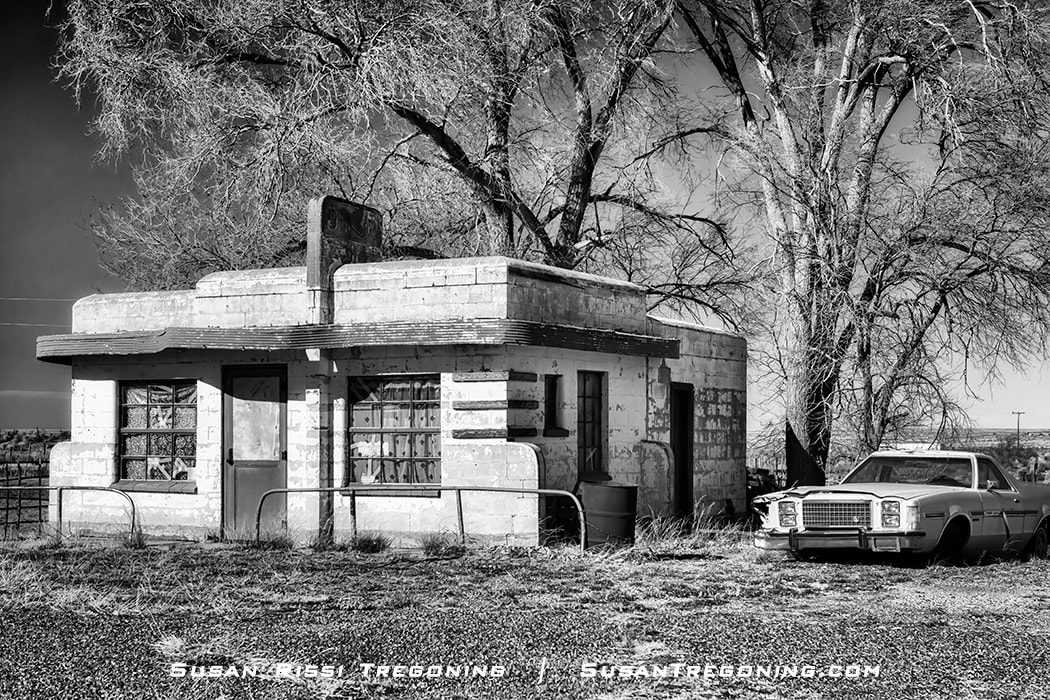
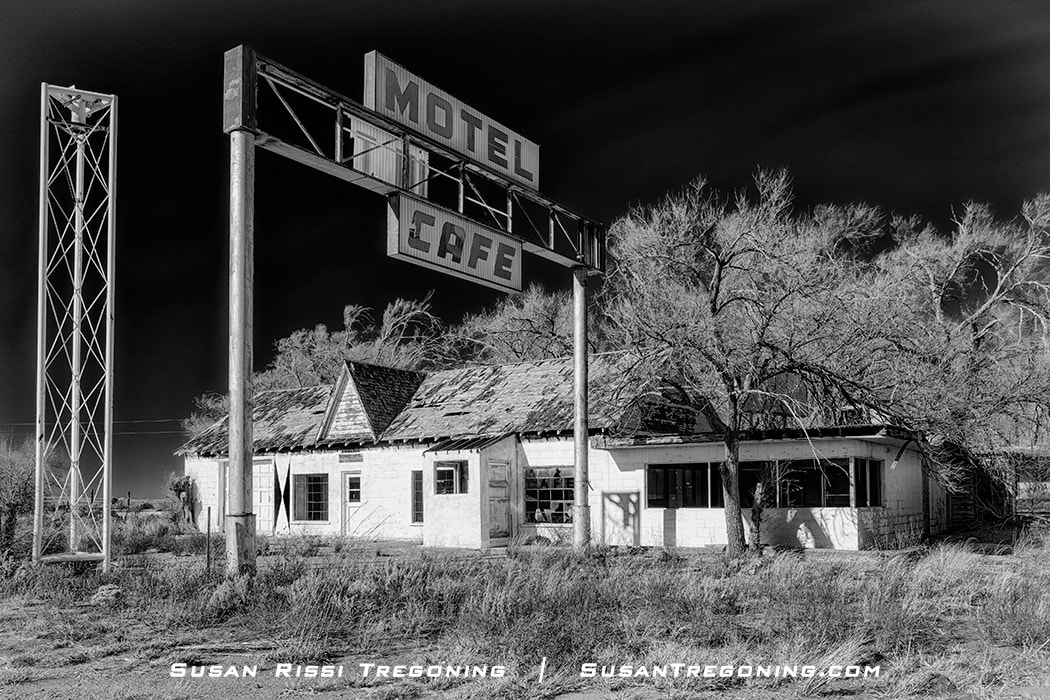

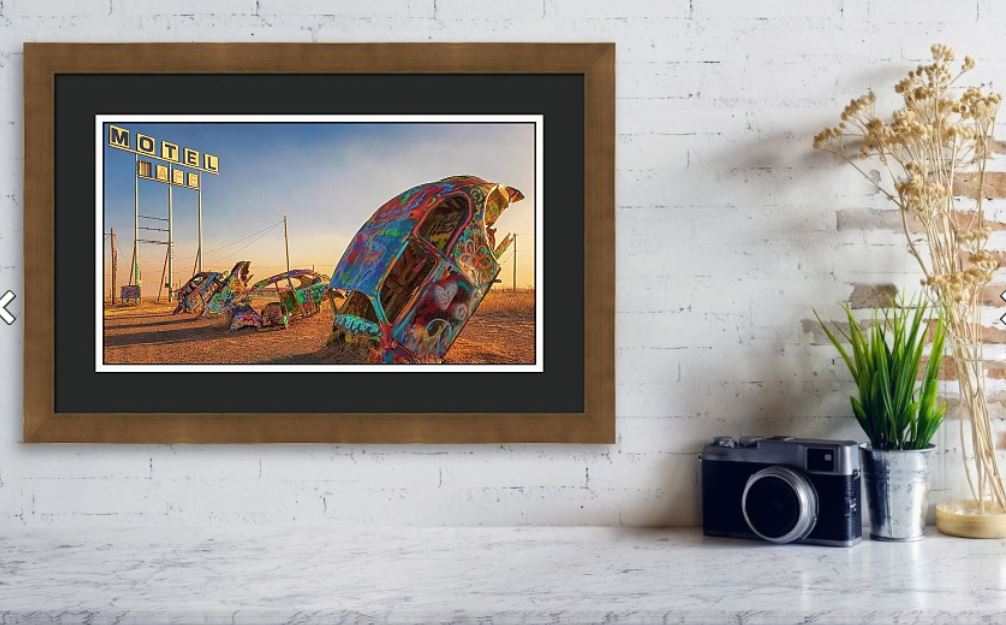
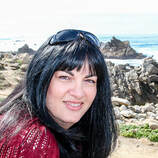
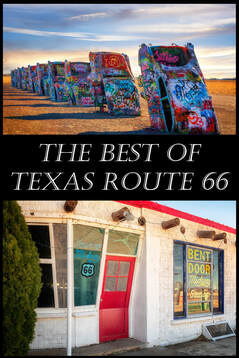
 RSS Feed
RSS Feed